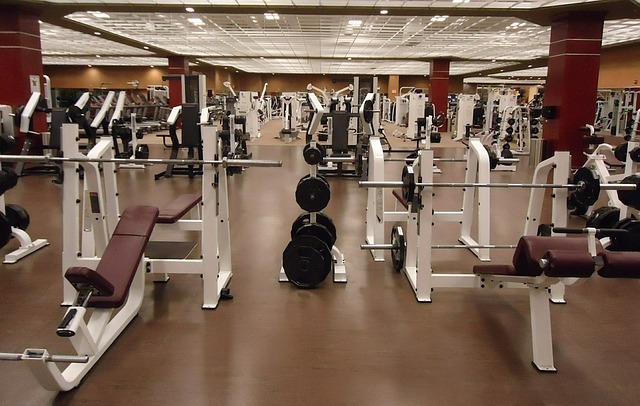
New featured amenities and extra offerings are becoming more of the standard for hospitality venues and hotels. Unfortunately, the “extras” can also mean more nuisances – like pests.
Guests want to enjoy the various amenities and modern upgrades, but making these areas safe, clean and without pests can be a challenge. Each of these new features pose its own problem with pests like insects and rodents, so bear in mind that specific pest prevention plans are critical for ensuring a safe, pest-free facility.
Feel like it’s overwhelming to understand the potential hazards for each space? Below are a few examples of potential hazards that come with various amenities.
- A spa facility is a place of relaxation, but when humidity levels rise and moisture accumulates, unwanted pests can arrive quickly. The damp conditions, hot tubs, dark corners and stacks of yet-to-be-washed towels are great places for small flies, cockroaches, and other pests to seek shelter. A regimented schedule of cleaning materials and maintaining an appropriate temperature level that doesn’t lead to unnecessary moisture accumulation can reduce how appealing this space is to pests.
- Multi-use spaces are popular areas for visitors, especially large groups. These kinds of spaces though are even more prone to pests like rodents because of their versatile nature. When a space is designated for a specific activity or use, it is easier to prepare and plan accordingly. For multi-use areas, a variety of hazards are likely from unsealed doors and windows, unattended crumbs and even abandoned decorative material that can be attractive housing for rodents and other pests.
- A new rooftop terrace that features porticos, shaded areas, and even bars may bring to mind the concern of mosquitoes, as any outdoor space will. But beyond the usual outdoor pests, a pest management professional will also exam any new materials for potential problems such as carpenter ants that could burrow in and destroy the wood. Additionally, the vegetation and greenery that are often added to rooftop gardens and eco-roofs can attract birds and rodents seeking shelter and food.
- Fitness centers are essentially crucial at hotels now, but aside from vigilant cleaning, a fitness center requires specific attention to detail when it comes to the connectivity of equipment. Between fitness machines and televisions humming on the walls, electrical cords are abundant. These electrical cords are often a rodent’s chew toy of choice. Because mice can slip through even the smallest dime-sized crack in a wall, it is important that employees and managers are extra attentive to electrical cords. Small gnaw-marks can be a giveaway of a bigger rodent problem in the fitness center and areas nearby. There are also some species of ants that will go after this wiring!
To ensure these featured amenities are well-suited for guests – and are unwelcoming spaces for pests –regular check-ins of the spaces by employees and management need to be made a priority. When a new amenity is being added to a hotel, it is critical to review all potential pest entry points and attractions. Working with a pest management professional and implementing a regimented pest prevention program is as important as anything.
Comfort, convenience and relaxation are the reasons guest come (and return) to your hotel. As such, hoteliers should provide above and beyond for guests, and due diligence of pest prevention is a simple and easy way to provide those extra benefits with peace of mind for everyone.











